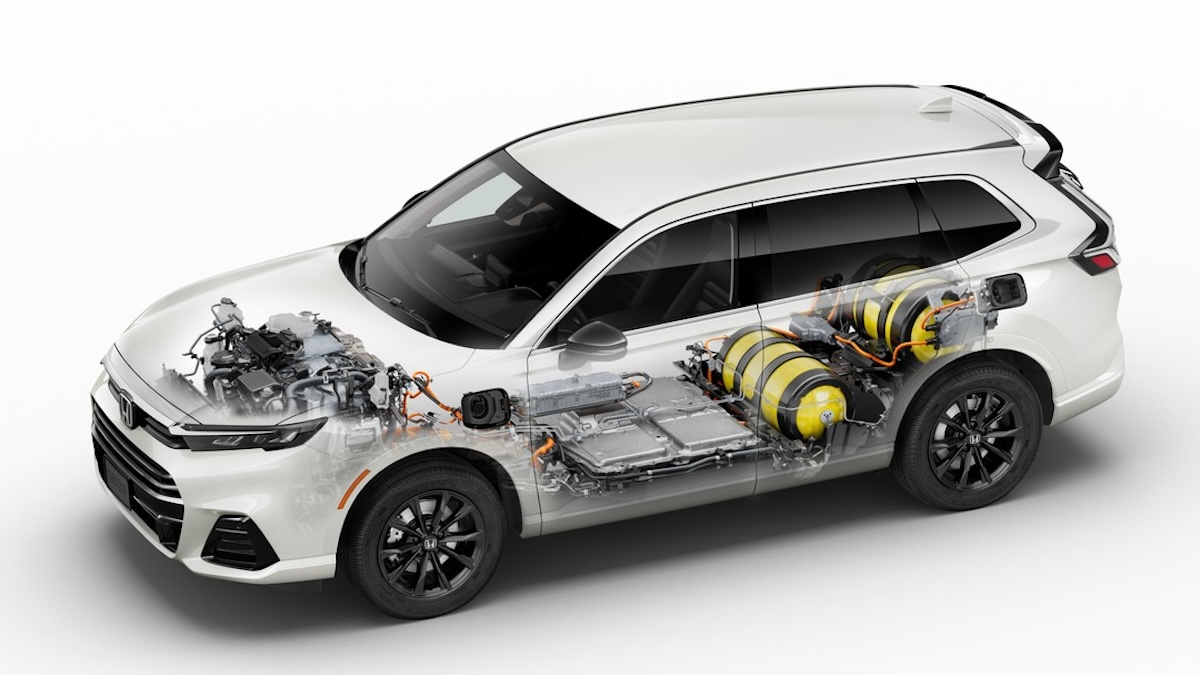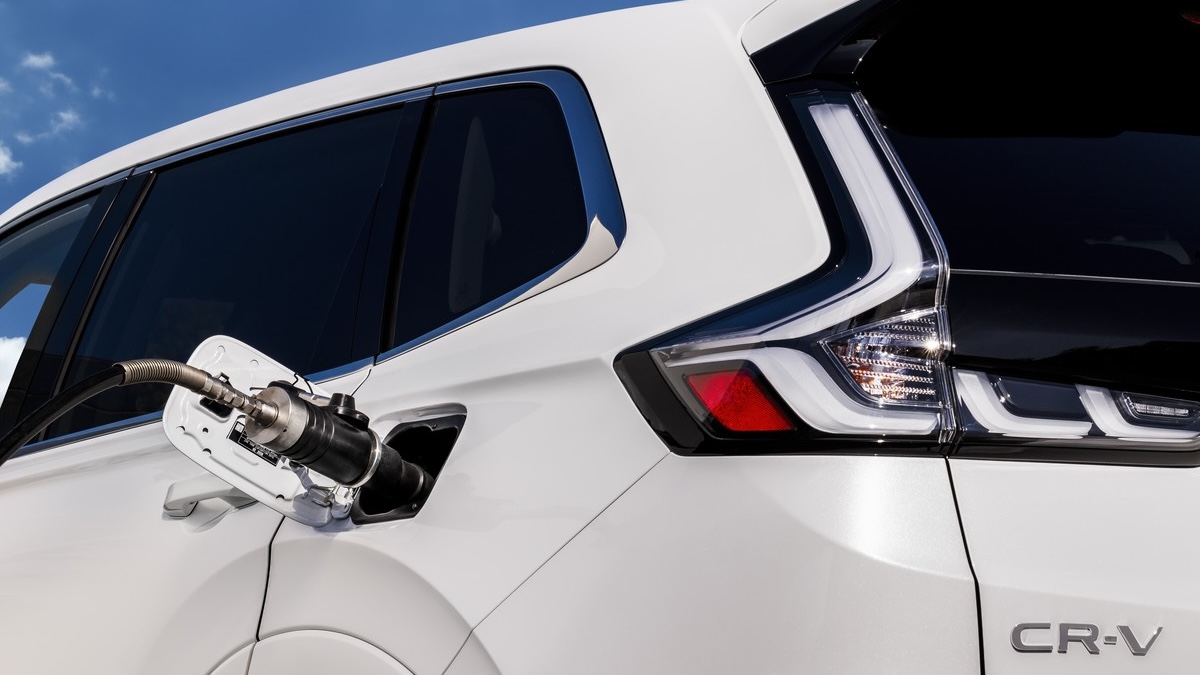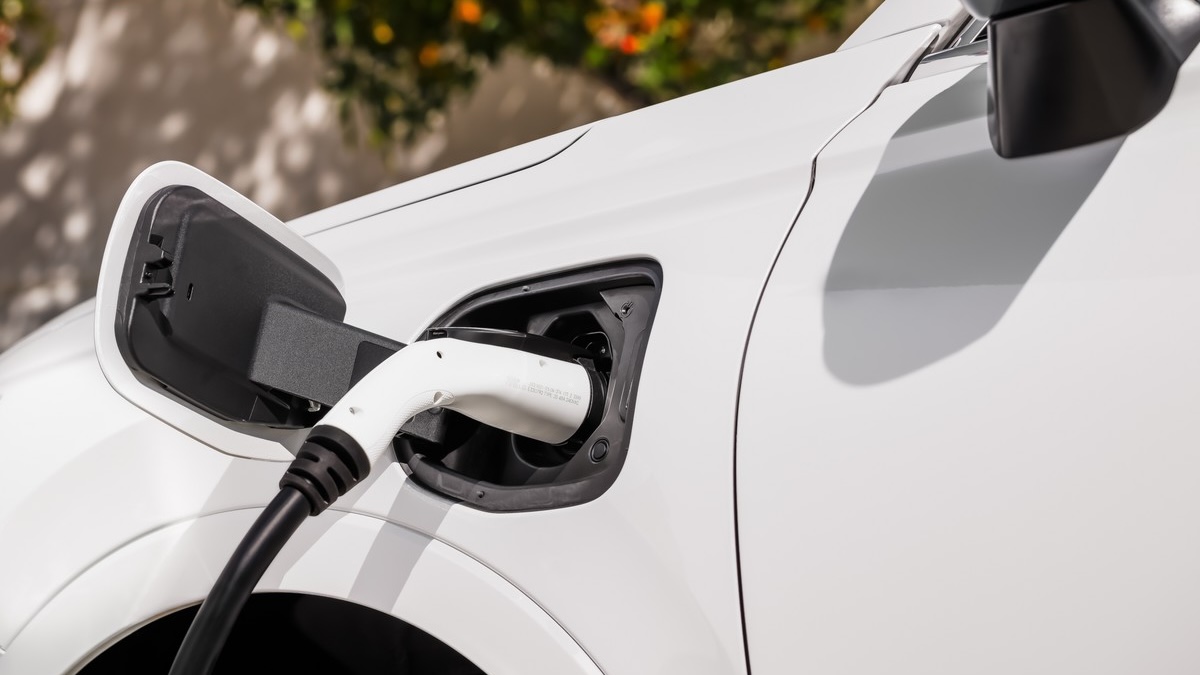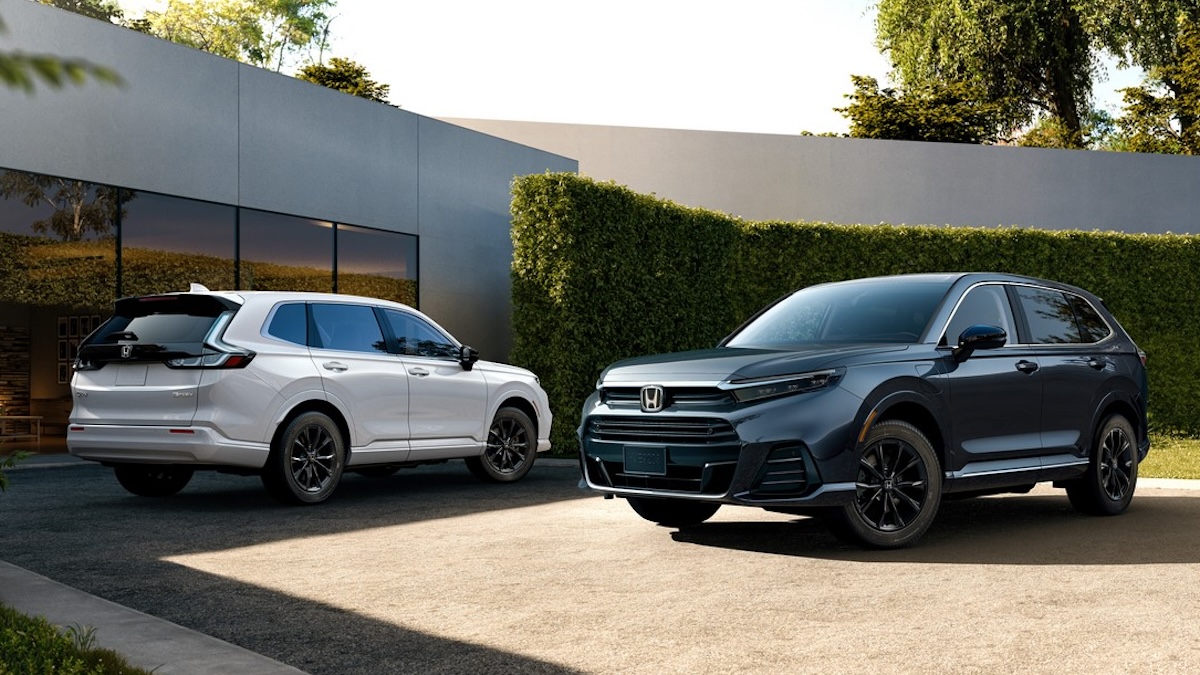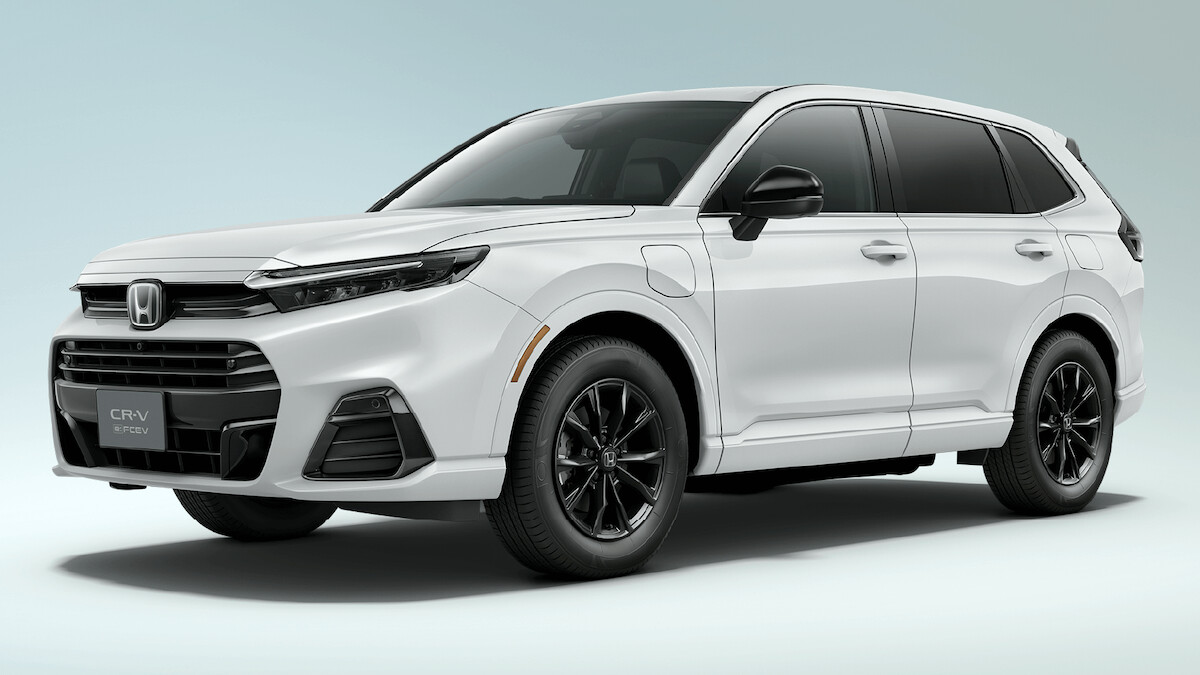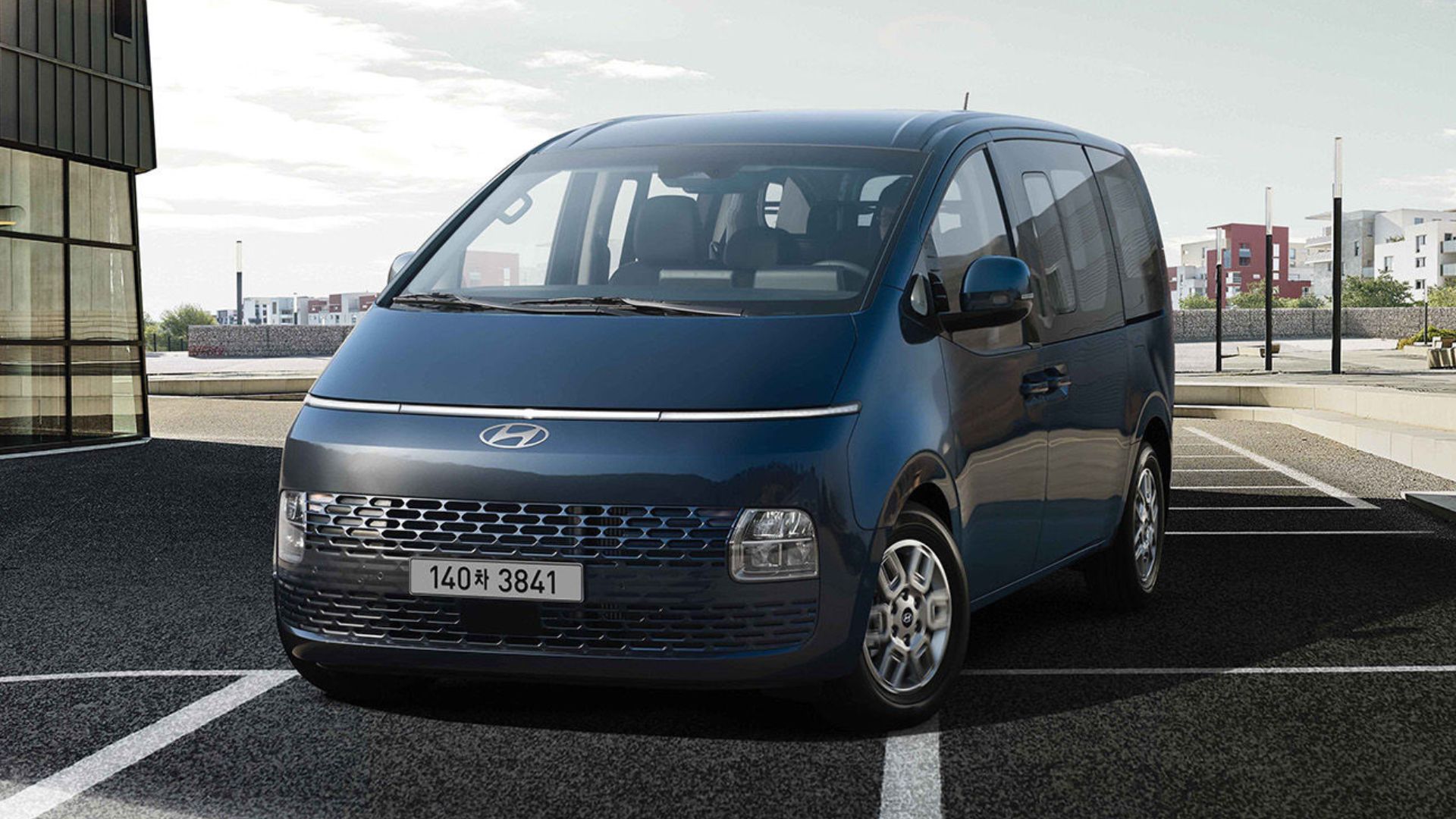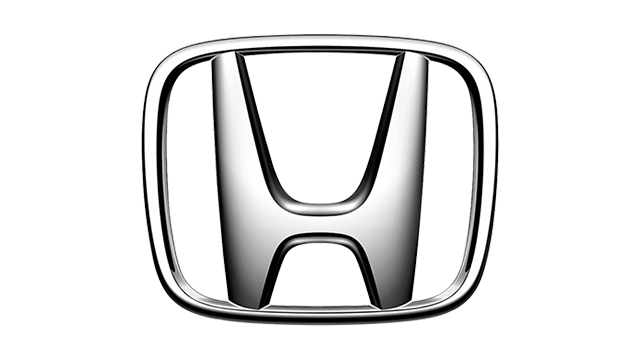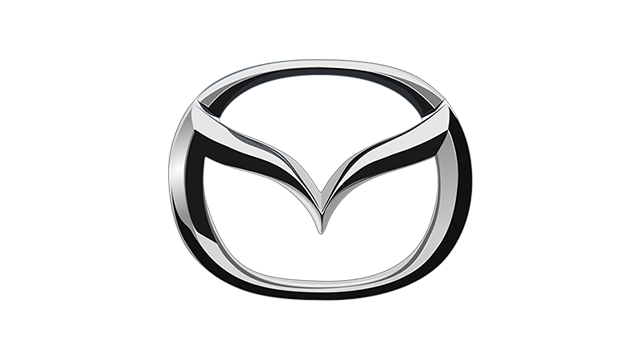Aside from good old combustion engines, the current sixth-gen Honda CR-V also comes with the option of hybrid e:HEV and (elsewhere in the world, at least) plug-in e:PHEV powertrains. But the Japanese carmaker has just launched a new version, set to be rolled out in Japan and the US for the 2025 model year: the Honda CR-V e:FCEV.
As the model name implies, this new CR-V is a hydrogen fuel-cell vehicle, but it also has a plug-in charging function that allows the vehicle to run on battery-electric power for a reasonable distance—enough to get to a hydrogen refilling station. A full tank of hydrogen is good for 600km of range, Honda claims, and battery-electric range adds an extra 60km.
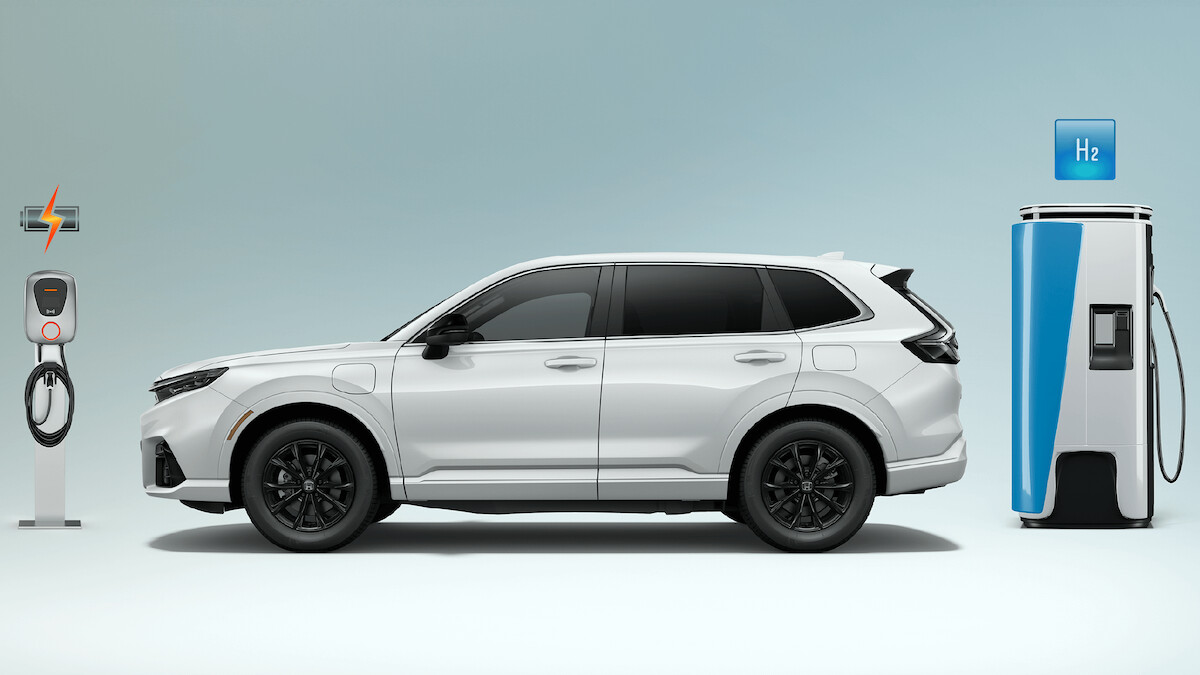
The electric motor driving the vehicle generates 174hp and 310Nm of torque. Battery capacity is 17.7kWh, while the hydrogen tank boasts a 4.3kg capacity and may be topped up in roughly three minutes.
OTHER STORIES YOU MIGHT HAVE MISSED:
The Hyundai Staria gets electrified with new hybrid variant
Love gloss black? Then you'll love the Honda BR-V N7X Edition
The fuel-cell technology here has been further developed from 2019’s Clarity FCV, which was co-developed by Honda and General Motors. Notably, the cost of the CR-V e:FCEV’s fuel-cell system is down to just one-third that of the Clarity, and compared with the Clarity’s system, this new one is more compact and durable, and benefits from reduced vibration and noise.
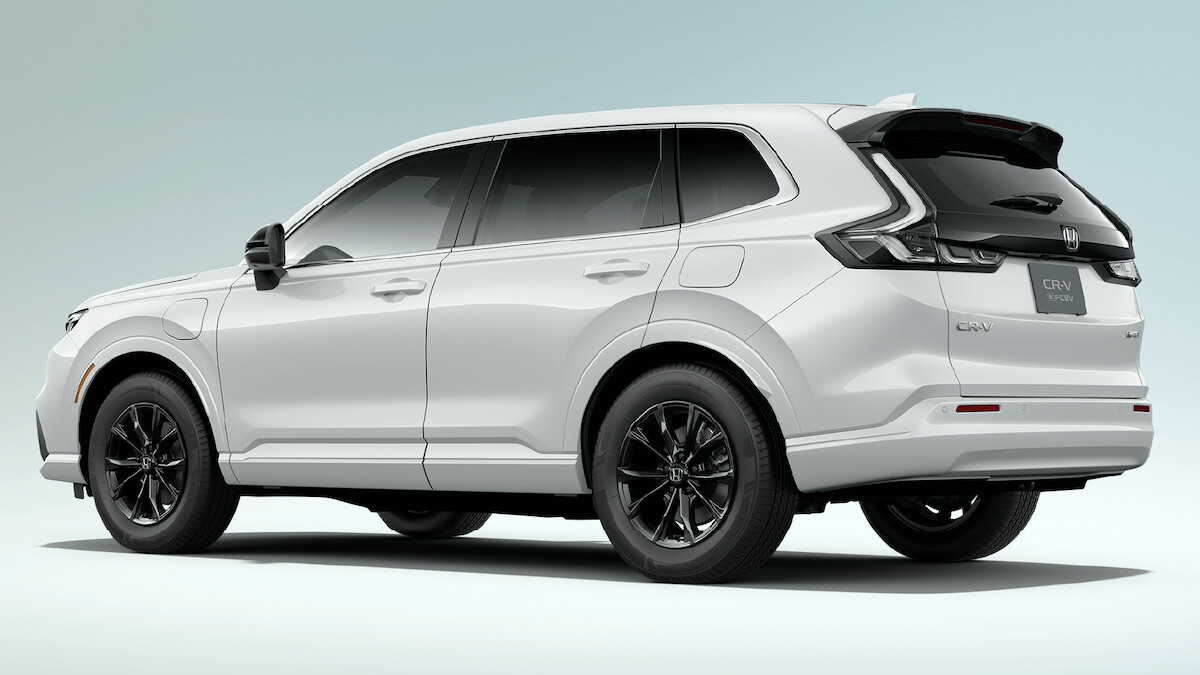
Honda says it has done some tweaks to help the suspension retain the sporty nature of the CR-V while coping with the added load of the fuel-cell system. Rear lateral rigidity and torsional rigidity are up by 10% and 9%, respectively, versus the regular and hybrid CR-Vs, while the front and rear suspension have been returned with new springs, amplitude-sensitive dampers, and stabilizer bars.
The CR-V e:FCEV may be plugged into a household AC outlet to recharge the battery. It can also be used as a power source via the Honda Power Supply Connector, which delivers up to 1,500W to power small appliances or outdoor equipment. The Japan-spec model, meanwhile, is equipped with a DC output connector that can deliver high-output external power during emergencies or outdoor events when paired with a portable external power output device.

The CR-V e:FCEV will be produced by by Honda and GM’s joint venture company in Ohio. It will be available in Japan first around mid-2024, then rolled out in the US before the end of the year.
More photos of the Honda CR-V e:FCEV 2025:
